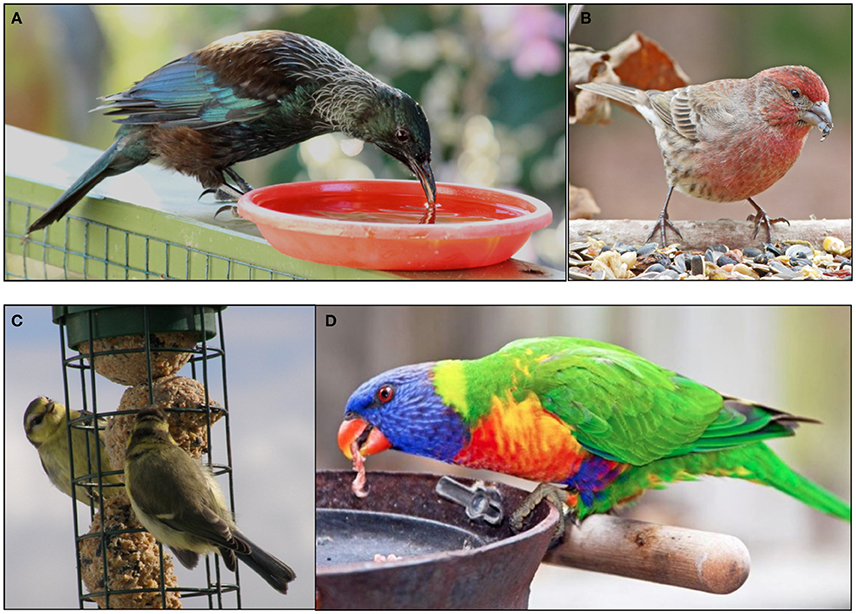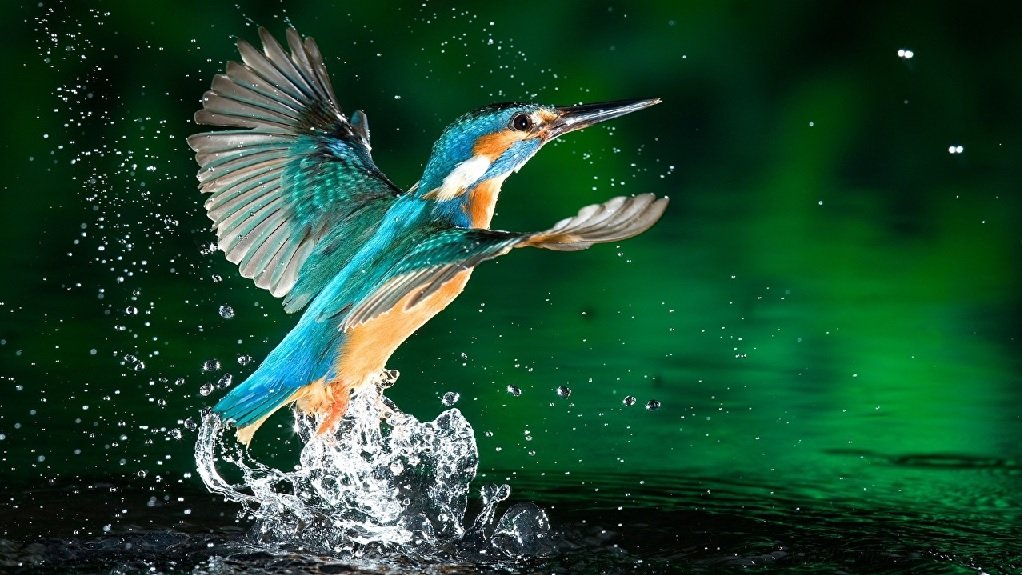Birds have always fascinated us with their vibrant plumage, enchanting songs, and extraordinary adaptations. The water drop bird stands out for its unique characteristics and behavior among these fascinating avian creatures. Although limited information is available, this article delves into what is known about the elusive drop bird, including its unique attributes, habitats, diet, and symbolic connection to nature’s beauty.
Understanding the Water Drop Bird

The water drop bird derives its name from the delicate drop-like markings found on its plumage, resembling dew or raindrops. Often mistaken for other species due to its subtle markings, the water drop bird is a rare sight and is predominantly found in specific regions with humid, dense foliage, where water droplets are an essential part of the ecosystem.
Physical Appearance and Unique Features
One of the most distinctive traits of the water drop bird is its delicate plumage, often featuring shades of blue, green, and white, reminiscent of a fresh morning dew. The drop-like markings on its feathers are what truly sets this bird apart. These markings serve a dual purpose: they help in camouflage, and they may also play a role in mating displays.
Size and Wingspan
In terms of size, the water drop bird is generally small to medium-sized. Its wingspan is modest, allowing it to glide smoothly through the dense foliage of its habitat. Though smaller than many tropical birds, the drop bird has remarkable agility and speed, which allows it to swiftly navigate through dense canopies and avoid predators.
Habitat of the Water Drop Bird
The water drop bird is often located in moist, tropical regions where the climate supports a plethora of plant and animal life. This bird is particularly fond of areas near rivers, ponds, and waterfalls, where the presence of water droplets and humidity in the air helps it blend into its environment.
Adaptation to a Water-Based Ecosystem
The adaptation of the dropped bird to environments rich in water sources may be attributed to evolutionary traits that help it survive and thrive in such specific settings. The bird’s coloring allows it to be almost invisible against the backdrop of misty or dewy vegetation, while its feeding patterns align with the presence of insects and small invertebrates that thrive in moist ecosystems.
Migratory Patterns and Seasonal Changes
While migratory habits of the drop bird remain largely undocumented, some sightings suggest that they may follow specific seasonal movements, migrating to more humid regions during dry spells to ensure their habitat remains optimal. However, due to its elusiveness, this aspect of the bird’s behavior is still under investigation.
Diet and Feeding Behavior of the Water Drop Bird

The diet of the drop bird consists primarily of small insects and invertebrates that dwell within the moist environments it inhabits. This bird is a skilled hunter, making swift, calculated movements to capture its prey. It occasionally feeds on small fruits and berries as well, especially during periods when insect populations may dwindle.
Feeding Adaptations
The beak of the water drop bird is slender and sharp, perfectly designed for catching insects. Its feeding habits are swift and precise and generally take place in the early morning hours or late afternoon when its prey is most active. This feeding schedule allows the bird to avoid the intense midday heat, further contributing to its survival in warmer climates.
The Symbolism and Significance of the Water Drop Bird
Birds often carry symbolic meaning across different cultures, and the water drop bird is no exception. Due to its association with water and dew, it has become a symbol of purity, renewal, and subtle beauty. Its natural elegance and ability to thrive in specific habitats represent resilience, adaptability, and the quiet strength of nature.
Conservation and Protection of the Drop Bird
As with many unique species, the drop bird faces potential threats due to habitat destruction and climate change. Its dependence on humid, water-rich environments makes it particularly vulnerable to changes in the ecosystem. Conservation efforts are crucial in preserving the delicate balance of this bird’s habitat to ensure its continued survival.
Importance of Habitat Conservation
Protecting the drop bird means more than just preserving a single species. This bird is part of a complex ecosystem that relies on specific environmental conditions, including other flora and fauna that contribute to the balance of the water-rich regions it inhabits. Conservationists are working to raise awareness about the importance of preserving these areas to protect not only the dropped bird but also the entire ecosystem it depends on.
Final thought
The water drop bird is a testament to the beauty and resilience of nature. Although information on this rare bird is limited, what we know showcases its unique adaptations and the importance of preserving its habitat. With concerted efforts and conservation, we can hope to learn more about this elusive species and ensure that it continues to grace our planet with its subtle charm for generations to come.
